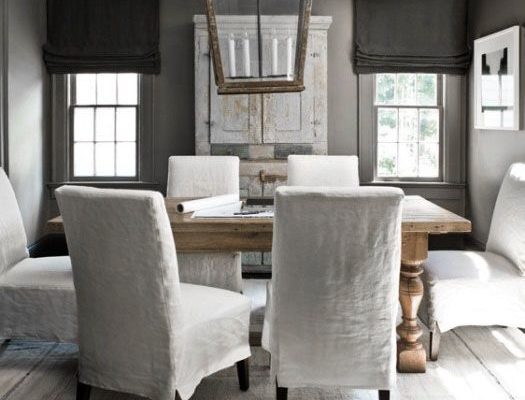Hiring an Interior Designer
joy of nesting
The reasons for people hiring an interior designer are varied. Most of our clients come from different backgrounds, but all have disposable income in common. They are willing to pay a higher price for styles that look fresh for twenty years. They want better quality than what’s available online and in big box stores. And in many cases, they prefer having someone else to manage their project, which can take a lot of time and diligence.
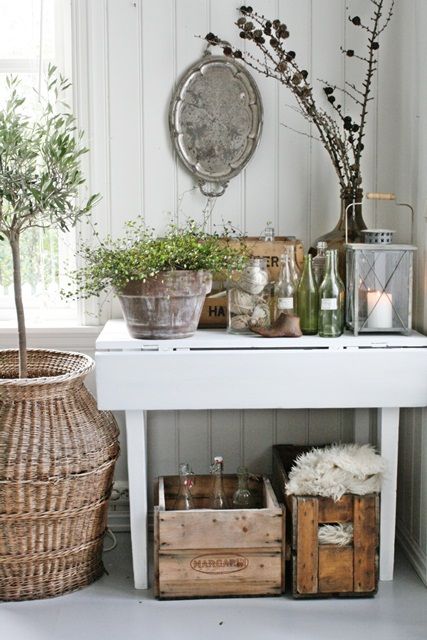
But just as many people enjoy the process of “doing it themselves” and that’s important too. There is great satisfaction in knowing you did something yourself.
Start out slowly the first time you work with a designer until you get comfortable. As your project proceeds from initial consultation to proposals, design schemes, orders, fabrications and installations you will become more familiar with how designers work and how they charge for their time.
When You First Begin Working with an Interior Designer
The potential designer/client collaboration begins with a consultation at the client’s home to see if you’re a good match. The first meeting won’t always tell you everything you need to know but things to watch for initially are arriving at the scheduled time (make allowances if your home is particularly hard to find or is off the GPS grid), making eye contact, professional grooming and attire, open mindedness about your project, overall organization, and knowledge of their own services and products.
First Consultation
Some designers charge for the first consultation. Others have a short, complimentary meeting. Still others ask to meet their clients at a local coffee shop rather than the client’s home to keep at bay any design related questions until compensation begins. In my early business days, I gave a complimentary, thirty-minute in home consultation. Now I prefer to charge one hour. This helps me weed out people who aren’t serious about hiring me. I love helping people but it’s painful answering a dozen or more questions once you have figured out, you’re not going to be compensated.
It helps to have at least some idea of what you like and dislike. Designers can gain a lot of knowledge from some of the simplest visual aids- pictures of things you like; swatches of fabric; or even a painting can act as a catalyst in your project.
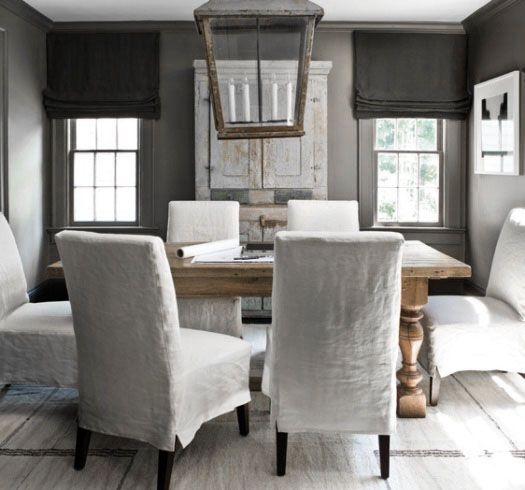
Considering Your Lifestyle, Personal Style and Color Preferences
At the first consultation, the designer will usually ask about your lifestyle. They need to know if you have children or pets or if you will be caring for elderly family members in your home in the near future. It’s also extremely helpful to communicate to your designer in as much detail as possible, your personal style and color preferences. If possible, save magazine clippings for the purpose of helping your designer understand you better. Are you a casual or formal person? What colors do you prefer or dislike? Are you traditional, contemporary or a mix of both? Which of your existing furnishings do you wish to replace, and which do you wish to keep? Is there anything you particularly love that could be used as a catalyst for the design project? These things will be discussed in the early stages of your project.
The Proposal
After the first consultation, I follow up with a proposal. My proposal itemizes everything I’ll be doing for the client and the amount of money I’ll be compensated. This allows the client to add or delete line items as they see fit before giving me a deposit.
Once the proposal has been approved, I begin work on the presentation.
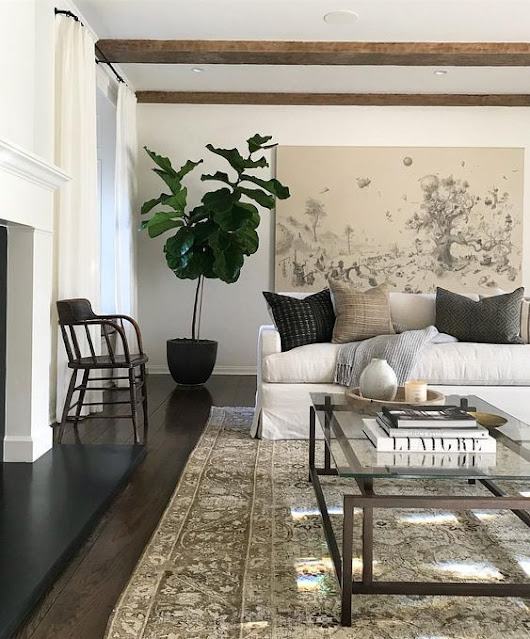
The Presentation
Preparing the presentation is very time-consuming. For a typical presentation I’ll source five to six sofas, chairs and ottomans in a variety of styles and price ranges; thirty or so coordinating fabrics; do written estimates of each item I’m presenting; print out tear sheets (large pictures with dimensions); type up written reports and estimates; do CAD or Autodesk renderings; and prepare visual aids like large, labeled fabric swatches on rings and oversized paint chips. The client doesn’t see all these items, mind you. But I do use them to help me make decisions.
The aesthetic quality of the project will be evident in the designer’s presentation. Look for outstanding fabric combinations that are pulled together yet not too matchy-matchy; plans that have a little flexibility; tear sheets of beautiful, high-quality furnishings; well written plans that evolve around your architecture, the things you love and at least some of your existing furniture; and professional, clean looking estimates and budgets with branded logos and signature fonts and colors.
Experienced Workrooms, Craftsman and Fabricators
Look for designers who have workrooms with at least fifteen years of experience. I have seen many otherwise beautiful projects look amateurish and silly because of poorly crafted upholstery and window treatments.
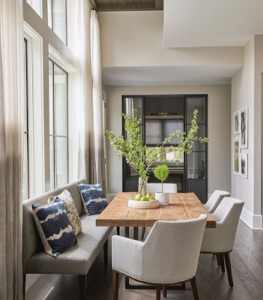
Other Things to Consider
By this point in the project, a client usually knows if the designer is a good match. Now, the presentation must gain their approval. Is the project within your budget? What, if any changes are needed? Do the design schemes reflect your personal style as well as the home’s architecture? Is it appropriate to your geography? Do the styles and colors jump out at you, in a good way? If so, you are ready to begin the project.
Your designer will most likely be providing you with both products and services. Before writing the check, make certain the products and services are clearly described in writing (my descriptions are on my written quotes and bids). Make certain payment terms and lead times are clear. Most designers require at least a 50% deposit upon order and balance at time of shipment for furniture and accessories. I require payment in full.
For window treatments, an additional deposit may be required because by the time the treatments are installed, most of the materials and labor have long been paid for and the designer will be out of pocket before collecting the full balance. It’s also helpful if the designer gives a ballpark estimate of what shipping costs will be.
Managing the Client’s Expectations
Managing the client’s expectations is an important part of the job. So are foreseeing problems before they occur. I know from past experience which vendors are slow, and I prepare the client by telling them a longer lead time than what I’ve been quoted. Then, if the vendor is on time, the client and I are both pleasantly surprised. Under promising and over delivering is another part of great project management.
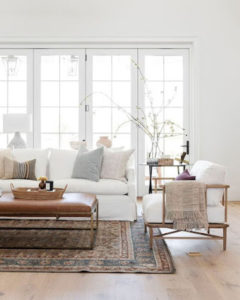
How Designers Charge for their Services
Designers charge for their services and products in a variety of ways such as with retainers against future work; with hourly fees; and with cost-plus percentage mark-ups. Most of us are compensated by a capped amount of hourly fees for services as well as wholesale to retail mark-ups on products. We purchase products at wholesale and receive a commission by selling it at retail. We also charge hourly fees for services that don’t require materials or fabrication.
Budget, Timeline and Scope of Work
To ensure the personal satisfaction of your project, be clear about your budget, timeline and scope of work. Your designer will collaborate with you on this. They are very helpful in prioritizing and doing work in phases. Be proactive in the end result by giving your designer good descriptions of the styles and colors you prefer. Esoteric terms like “cozy” and “classic” have different meanings for different people and are subject to interpretation.
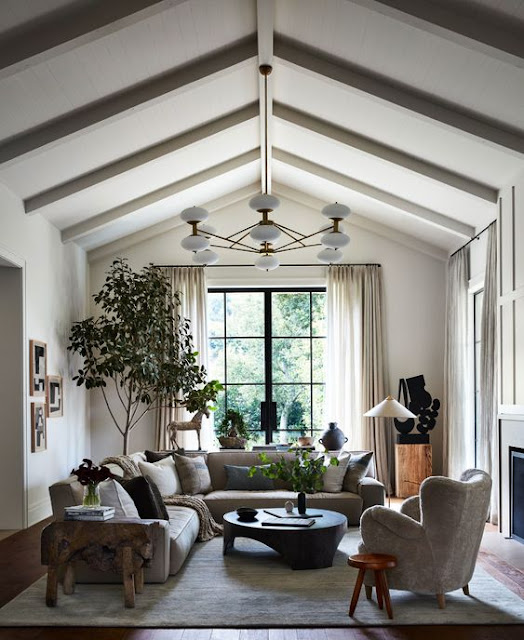
Sheila Bouttier
Communication
Communicate clearly and when possible, provide pictures of your preferences. Use real descriptions like “blue”, “large”, “modern” and “pale”. Clarity is almost an art form itself but like design, practice makes perfect.
The Sum of the Parts
And remember this subtle rule of thumb: it’s not the individual furniture or paint or fabrics your designer chooses that makes a room fabulous. It’s the way in which everything is put together as a whole.
That’s the real art of the interior designer.
If your home isn’t supporting you the way it is, are you ready for a change? Get some help via my complimentary premier design and wellness download, The Wellness Home and learn my 5 simple steps to a beautiful, restful interior for women who value their home and wellness. It’s the prettiest little book and a quick read with super easy design solutions that help you lead a beautiful, healthier lifestyle at home. Get yourself some help post haste!
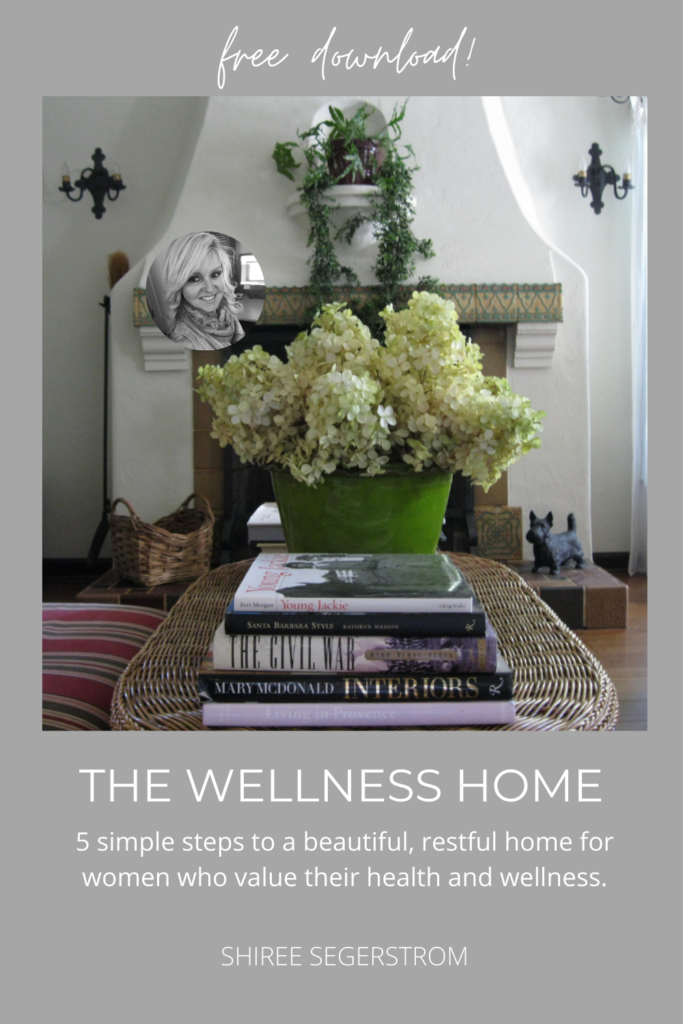
That’s it for today. Thank you for stopping by! Shiree’
For my at-a-glance must have’s for giving your home a wellness makeover, check out my “Design Help, Wellness and a Little Woo Woo”!
